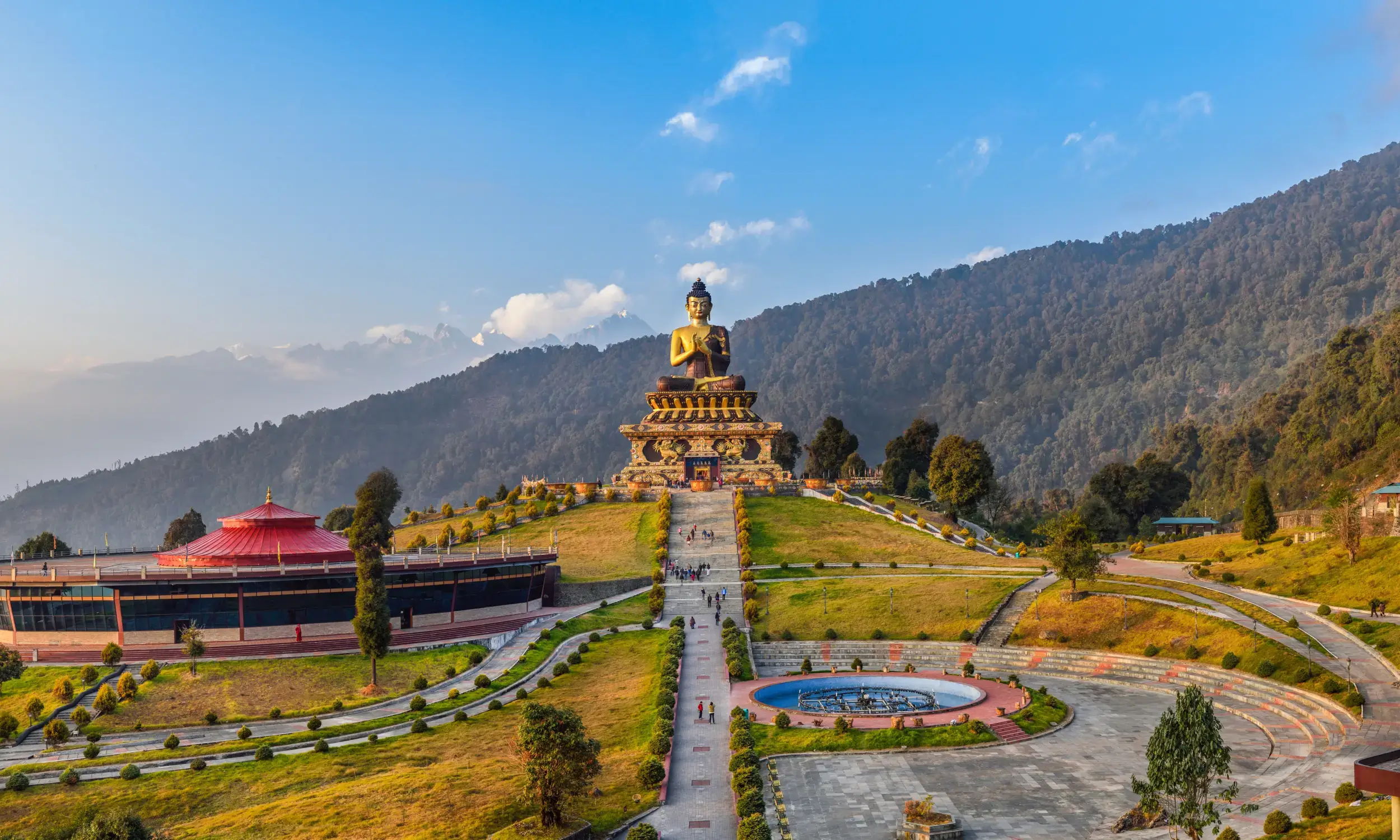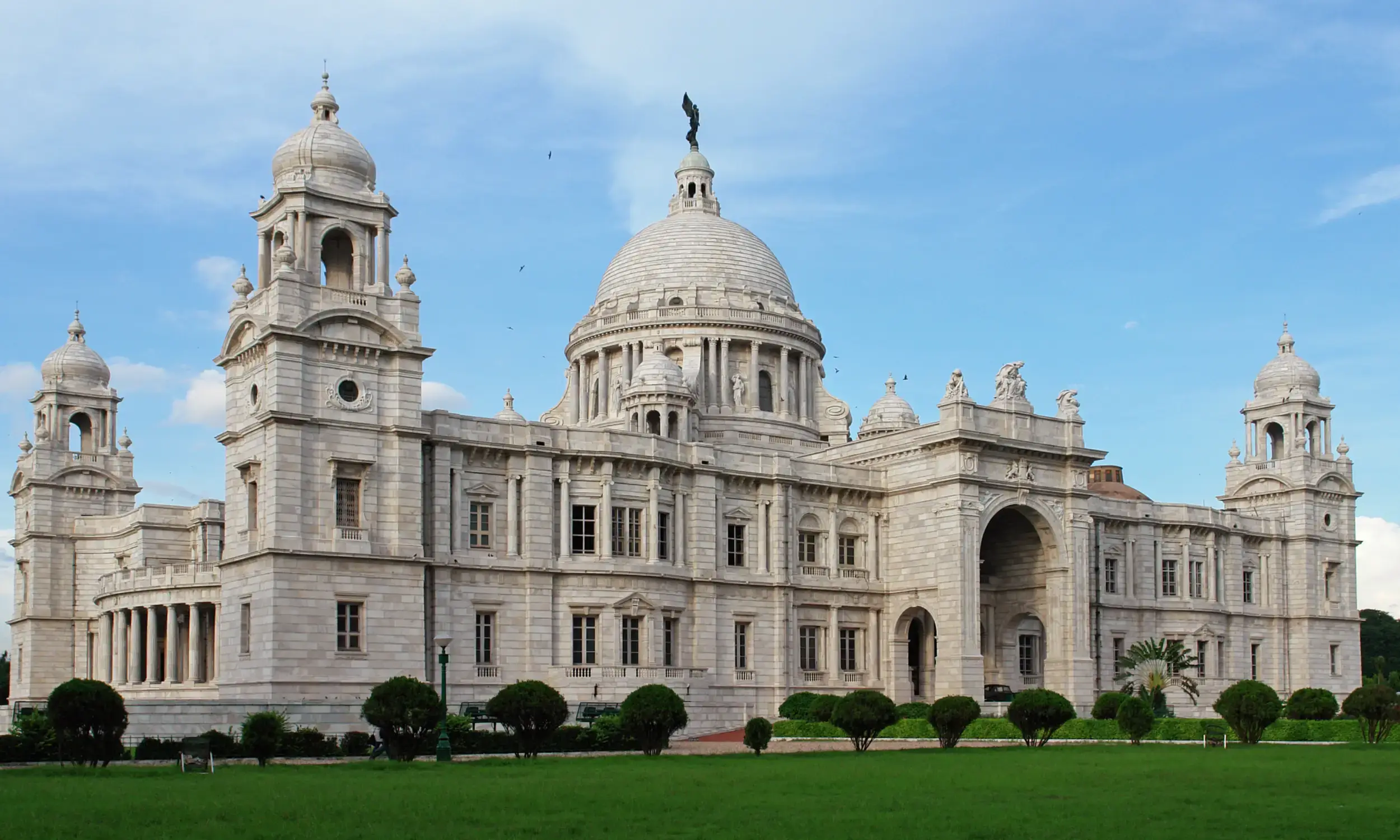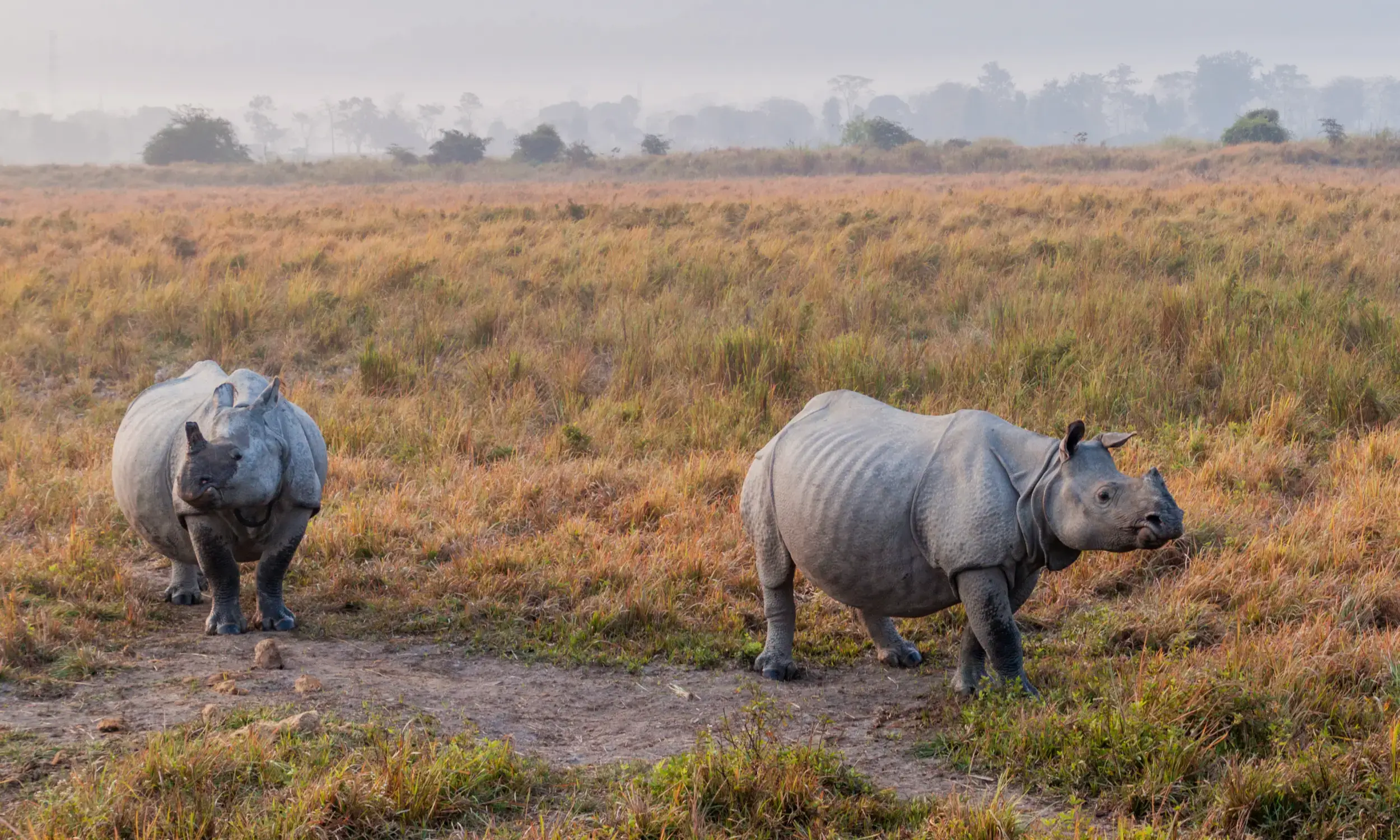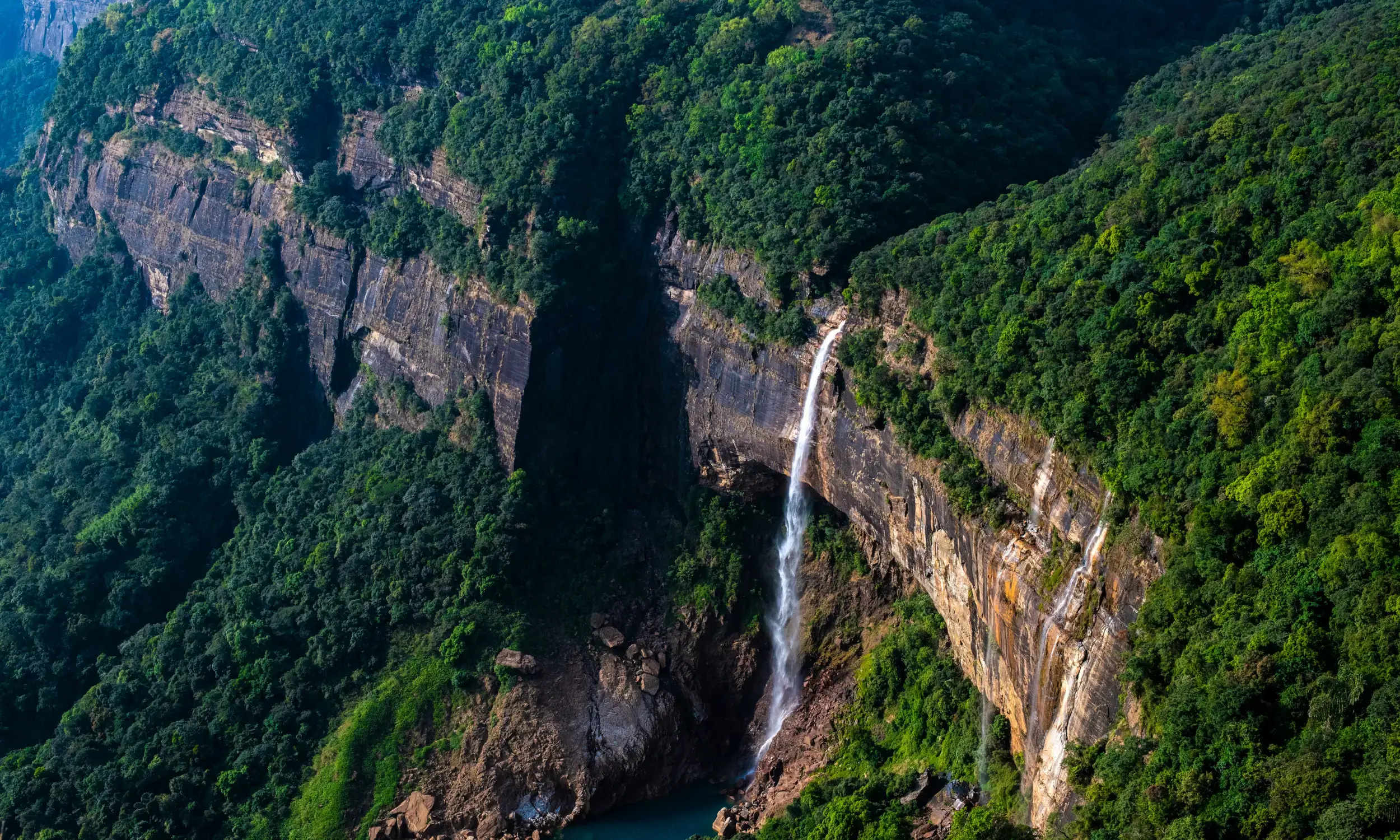East India is a region rich in cultural heritage and natural beauty, offering a diverse array of India tourism. From the lush tea gardens of Assam and the majestic temples of Odisha to the rich culture of West Bengal and the pristine landscapes of the northeastern states, East India has something for everyone.
Explore the historical splendor of Bihar, home to ancient sites like Nalanda and Bodh Gaya, and visit the serene Brahmaputra River, which flows through Assam, providing picturesque views and opportunities for river cruises. Odisha's architectural wonders, such as the Sun Temple in Konark and the Jagannath Temple in Puri, showcase the region's rich history and artistry.
Experience the lively festivals of West Bengal, including Durga Puja, which fills the streets with vibrant colors and celebrations. The northeastern states, like Sikkim and Meghalaya, offer untouched landscapes, stunning waterfalls, and unique tribal cultures. East India is a standout destination for India tourism, blending tradition with modernity to offer unforgettable journeys full of discovery and enriching experiences



Sikkim in northeast India is renowned for its breathtaking landscapes, rich culture, and tranquil atmosphere. Nestled between Nepal, Bhutan, Tibet, and West Bengal, the state is home to diverse flora and fauna, vibrant monasteries, and the majestic Kanchenjunga (8,586 m), the world's third-highest peak.
The pristine beauty of North Sikkim is enhanced by Gurudongmar Lake (5,425 m), the world’s second-highest lake, along with the enchanting Yumthang and Chopta Valleys. The state’s cultural richness stems from its diverse communities, including the Lepcha, Limbu, Magar, Bhutia, and Nepalese, which also influence its unique cuisine.
For adventure seekers, Sikkim offers thrilling treks such as Goecha La, Dzongri, and Green Lake, promising spectacular mountain views and high-altitude challenges. With 81% of its land under forest cover, Sikkim serves as a sanctuary for rare wildlife, including the elusive snow leopard and red panda, making it a true haven for nature lovers.

West Bengal, in eastern India, boasts a rich blend of cultural heritage and natural beauty, making it perfect for exploring incredible east India. From Kolkata's colonial charm and vibrant culture to the Sundarbans' serene mangrove forests, home to the Royal Bengal Tiger, the state offers diverse experiences.
West Bengal comes to life during Durga Puja (Durga Pujo), held in October or November every year. Other highlights of West Bengal include Darjeeling's tea gardens with Himalayan views, Bishnupur's terracotta temples, and Shantiniketan, the cultural hub founded by Rabindranath Tagore. Its hill stations and wildlife sanctuaries complete a remarkable journey of discovery and wonder.

Odisha, located on India’s eastern coast, is a state rich in history, culture, and natural beauty, making it a must-visit destination. Renowned for its ancient temples, pristine beaches, and vibrant traditions, Odisha is a place where spirituality and artistry intertwine. Its temples are not just places of worship but also architectural masterpieces that showcase the state's glorious past. One of Odisha’s most spectacular events is the Jagannath Puri Rath Yatra, held every July, recognized as India’s oldest and largest chariot festival.
Beyond its cultural splendor, the state boasts diverse natural landscapes, from mangroves to hill stations, offering breathtaking beauty and ecological significance. Odisha is home to Chilika Lake, the world's second-largest coastal lagoon, serving as a haven for 160 migratory bird species. Birds from regions as far as the Caspian Sea, Lake Baikal, the Aral Sea, Kirghiz steppes of Kazakhstan, Central and southeast Asia and the Himalayas flock here during peak migration.
For those seeking offbeat experiences, Odisha’s hidden gems like Daringbadi (the "Kashmir of Odisha") and Raghurajpur (a heritage crafts village) offer unparalleled cultural and scenic charm, making the state a treasure trove of unique travel experiences.

Assam, the "Gateway to the Northeast," is famed for its lush tea gardens, including those in Dibrugarh and Jorhat, which produce world-renowned Assam tea. The Brahmaputra River, integral to its culture and geography, hosts Majuli, the largest river island in the world.
Assam is home to two UNESCO sites: Kaziranga National Park, known for one-horned rhinoceroses, and Manas National Park, a biodiversity hotspot. Its historical legacy is rooted in the Ahom dynasty, known for architectural marvels like Rang Ghar, while cultural richness thrives in festivals like Bihu and spiritual hubs such as Kamakhya Temple, where the famed Ambubachi Mela is held mid-June. This blend of natural beauty, history, and culture makes Assam uniquely captivating.

Meghalaya, named as the "Abode of Clouds," is a northeastern Indian state known for its captivating natural beauty, rich cultural heritage, and ecological significance. Carved out of Assam in 1972, Meghalaya was established to preserve the unique identities of its Khasi, Garo, and Jaintia tribes. The state is famous for its waterfalls including Nohkalikai Falls, plunging 1,115 feet into a turquoise pool, and the crystal-clear Dawki River, where boats appear to float on air.
Meghalaya's ingenious Living Root Bridges, crafted by the Khasi people using the roots of rubber trees, symbolize harmony with nature. The state also celebrates its cultural vibrancy through festivals such as Wangala, a harvest festival, and Shad Suk Mynsiem, a thanksgiving dance.




